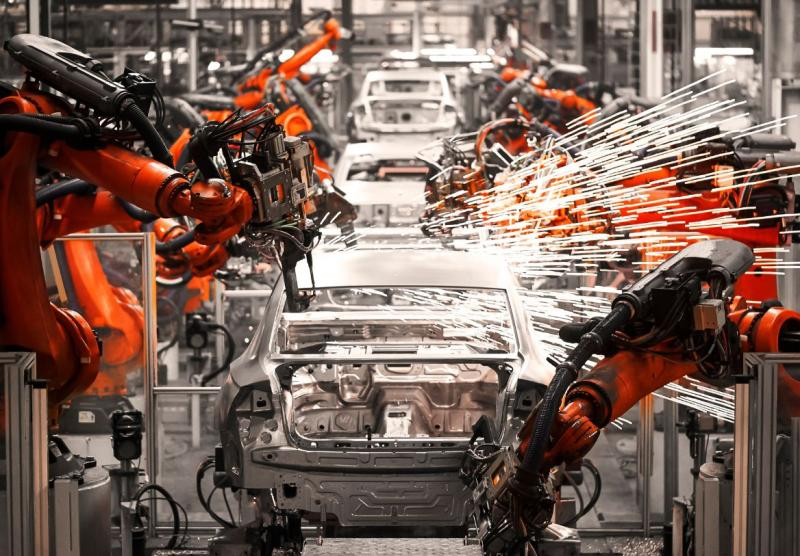
The Australian automotive industry has undergone a significant transformation in recent decades. Once home to a thriving manufacturing sector, the landscape has shifted towards a primarily import-driven market, with a growing focus on sales, servicing, and the adoption of new technologies. Understanding the history, current state, and future trends of the Australian automotive industry is crucial to appreciating its economic impact and its role in shaping transportation in the country.
Australia’s automotive manufacturing history dates back to the early 20th century, with iconic brands like Holden and Ford establishing a strong presence and contributing significantly to the national economy and identity. For decades, these local manufacturers produced vehicles tailored to Australian conditions and preferences. However, increasing global competition, rising production costs, and shifts in consumer demand led to the gradual decline of local manufacturing, culminating in the closure of all major Australian car manufacturing plants by 2017.
Today, the Australian automotive market is dominated by imported vehicles from a diverse range of international manufacturers, primarily from Japan, South Korea, Thailand, and Europe. Australians have a wide selection of vehicles to choose from, catering to various needs and budgets, from fuel-efficient small cars and family SUVs to rugged off-road vehicles and luxury sedans. The sales and distribution of these imported vehicles support a significant network of dealerships and related businesses across the country.
Despite the end of local manufacturing, the automotive industry remains a significant employer in Australia, particularly in areas such as sales, servicing, parts distribution, and increasingly in research and development related to new automotive technologies. Australian engineers and designers continue to contribute to the global automotive industry, often working for international manufacturers or in specialized niche areas.
A major trend shaping the future of the Australian automotive industry is the increasing adoption of electric vehicles (EVs). While the uptake of EVs has been slower in Australia compared to some other developed nations, it is steadily growing, driven by factors such as increasing consumer awareness of environmental issues, advancements in EV technology, and government incentives in some states and territories. The development of charging infrastructure and addressing range anxiety are key challenges for wider EV adoption in Australia, given the country’s vast distances.
The Australian government is playing an increasingly active role in shaping the future of the automotive industry, particularly in relation to emissions standards and the transition to cleaner vehicles. The development of a national electric vehicle strategy and the implementation of policies to encourage EV uptake are key areas of focus. The availability of government incentives, such as rebates and tax breaks, can significantly influence consumer purchasing decisions.
The automotive servicing and repair sector remains a vital part of the industry, supporting the millions of vehicles on Australian roads. Independent mechanics and franchised dealerships provide essential maintenance and repair services, adapting to the increasing complexity of modern vehicles, including EVs and hybrid vehicles. The availability of skilled technicians and access to specialized diagnostic equipment are crucial for this sector.
The aftermarket automotive industry, which includes the sale of parts, accessories, and performance upgrades, also plays a significant role in the Australian automotive landscape. Enthusiasts and everyday drivers alike contribute to this market, seeking to personalize and maintain their vehicles.
The Australian automotive industry is also adapting to the rise of new mobility solutions, such as ride-sharing services and the potential future adoption of autonomous vehicles. These trends could significantly impact vehicle ownership patterns and the demand for traditional automotive services.
In conclusion, the Australian automotive industry has undergone a dramatic transformation, shifting from a manufacturing powerhouse to a primarily import-driven market with a growing focus on new technologies. The increasing adoption of electric vehicles, government policies aimed at reducing emissions, and the evolution of mobility solutions are key trends shaping the future of the industry. While local manufacturing may have ceased, the automotive sector remains a significant contributor to the Australian economy, providing employment in sales, servicing, and the development of new automotive technologies as Australia cruises into the future of transportation.
External Reference: The Federal Chamber of Automotive Industries (FCAI) is the peak body representing the automotive industry in Australia and provides valuable data and insights into the market. (https://www.fcai.com.au/)




